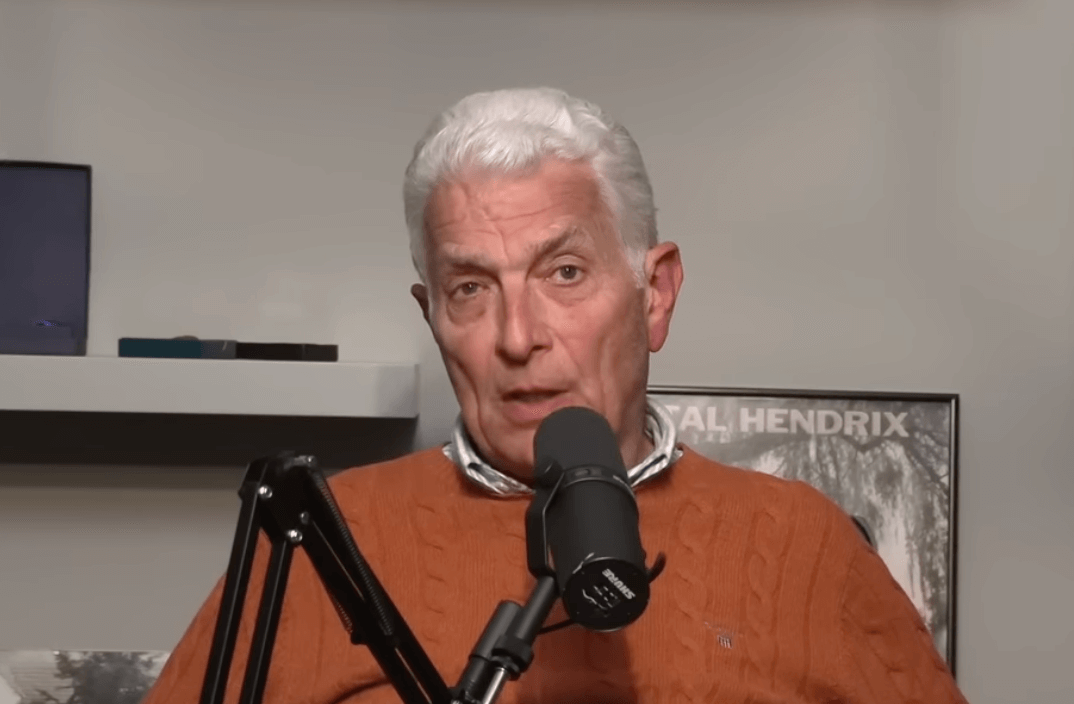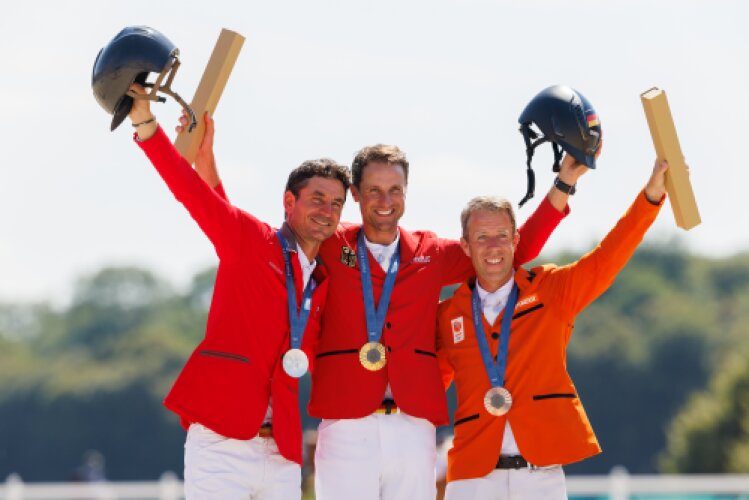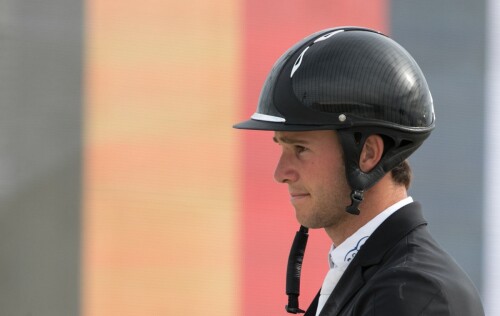How would you sum up the philosophy that guides Stal Hendrix in breeding and producing top sport horses?
The breeding side of the operation is handled by my brother, Paul, who is deeply involved and has a real passion for it. As it becomes increasingly difficult to buy into the sport horse market, we continue to scout actively, as well. In Paul’s breeding programme, we aim to produce exceptional horses as foals, yearlings, and two-year-olds, and then develop the very best as three-year-olds for the top of the sport. When we give lectures or host visitors at Stal Hendrix, we like to say that our philosophy is to combine the highest standards of scouting and breeding with delivering those horses to the world’s top owners and riders.
With horses like Leone Jei and Dynastie de Beaufour in your stable’s history, what qualities signal that a young horse can reach Grand Prix level?
Firstly, the horse needs to have the right attitude and talent. One thing we’ve realised is that when you believe you have a special horse, the only way to help it reach the pinnacle – the top Grands Prix and the Rolex Grand Slam shows – is to match it with the best riders in the world. With our decades of experience, we know that a top horse for a top rider is very rarely a top horse for an amateur, and vice versa – this is where we have to be honest and realistic. At Stal Hendrix, we aim to make the difference and always try to sell the best to the best. Of course, we're a business and we have to make a living, but ultimately, we are horse lovers, so seeing horses such as Leone Jei, Dynastie de Beaufour, and Tres Bien Z achieve greatness at the very top of the sport, this is what gives us the greatest satisfaction.
What makes a horse capable of handling the unique demands of the four Rolex Grand Slam Majors – ’s-Hertogenbosch, Aachen, Spruce Meadows, and Geneva?
Today, with so many competitions on the calendar, great horsemanship is more important than ever, including meticulous planning and management of the horse. For a horse to compete at this level, it must have the necessary skills – and those skills must be paired with a world-class rider. These two fundamental elements create the ultimate package necessary for a horse to achieve results in the Rolex Majors. For me, the Rolex Grand Slam is the cherry on the cake. Aachen is the Wimbledon of show jumping – nothing compares; Spruce Meadows is unique and in a league of its own; Geneva is the best indoor show in the world with a fantastic atmosphere; and The Dutch Masters' organisers consistently deliver a class horse show. Every detail of these events is perfect, which is what makes them, and the Rolex Grand Slam, unique and the very best.
How has the Hendrix family legacy shaped Stal Hendrix’s success, and what do you hope the next generation will carry forward as they take the reins?
First and foremost, we always aim to be honest and transparent. We’ve also been fortunate to work with some of the world’s most exceptional riders and trainers, selling horses to them and building relationships based on trust. In return, these riders have believed in us, which has been key to our success. We’ve passed this approach on to our children, emphasising transparency and the importance of always striving to sell the best horses to the best riders. That’s all we can hope for, but they’ve been around us long enough that they fully share the same approach to selling and marketing horses as Paul and I have.
In your opinion, what defines an exceptional rider–horse partnership, and how do you and your team choose the right rider for each horse?
What we believe, based on our experience – including my 30-year career as an international rider – is that we’ve seen a lot and understand what you feel as a rider. That helps us know which horse suits one person best and which suits another. Some riders prefer a horse that responds to a little more pressure, while others like a more sensitive horse. There’s an old American saying: “Don’t ask what the horse can do for you but ask what you can do for your horse.” Top riders adjust their approach to suit each horse. Every horse is different and has a weak point, so it’s crucial to do what’s best for them. Ultimately, it comes down to experience, and when people try a horse, the final decision is guided by the feeling they get while riding – it’s not something you can tell them; they must feel it for themselves.
What excites you most about the next generation of horses and riders coming through Stal Hendrix?
Every horse we sell at Stal Hendrix, we want to be successful, whether it’s in a 1.60m Rolex Grand Prix or a 1.10m class for an amateur. The goal is happy customers, and when our riders are happy, that makes us happy, too.
It doesn’t matter the class or level – finding the right horse is always exciting. It’s also important that riders understand where they belong. Sometimes people set ambitious goals, which is good, but you also need to be honest with yourself about what you can and cannot do. When that balance is found, it creates great excitement – not just for Stal Hendrix, but for our customers as well.
Looking back on your career across show jumping, breeding, and training, which experiences have shaped you the most?
Of course, the jumping and training are the most important aspects for me, while I follow the breeding a bit more from the sidelines compared to what my brother does. My jumping career and training have shaped me the most. I also enjoy sharing that experience with others, such as through the Young Riders Academy supported by Rolex, because I love passing on my knowledge. I still strive to learn every day, as there’s always more to discover in the horse world, and I hope to be involved in this beautiful sport for as long as possible.



